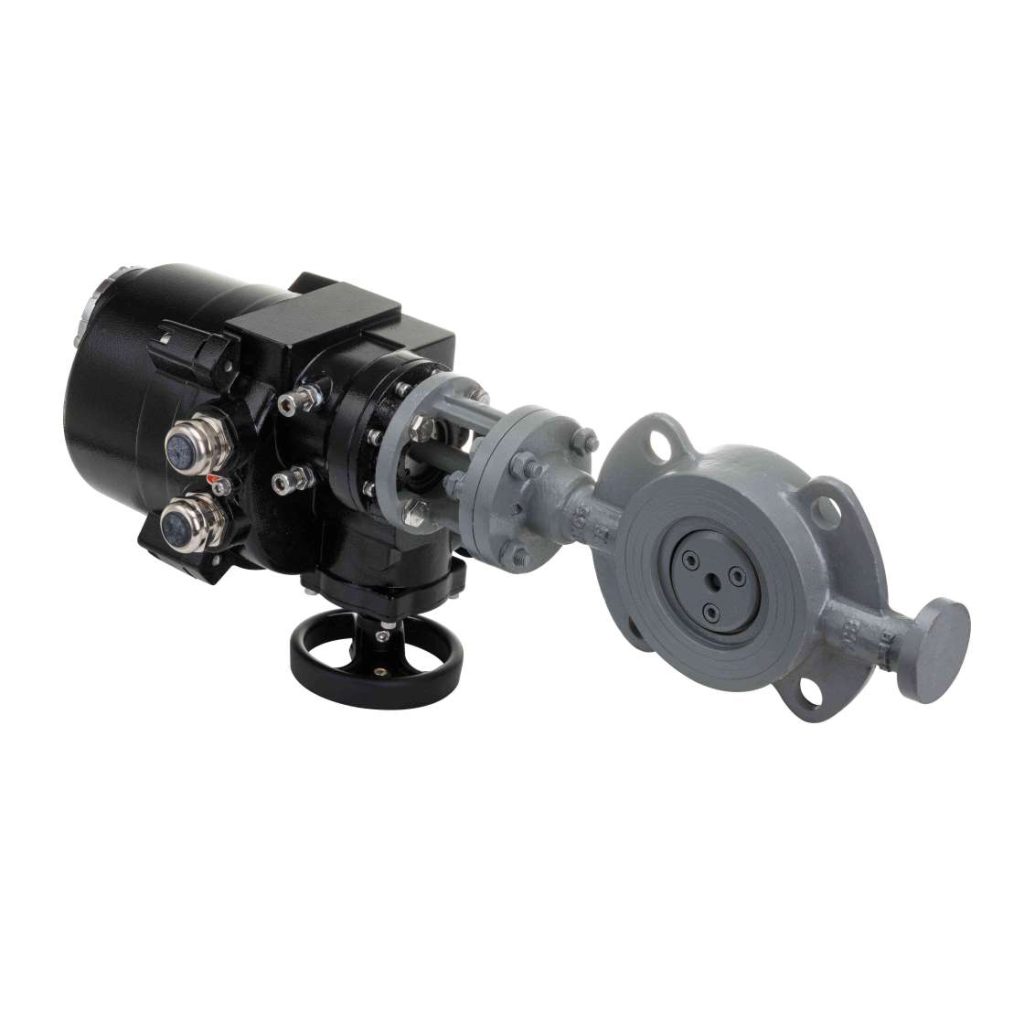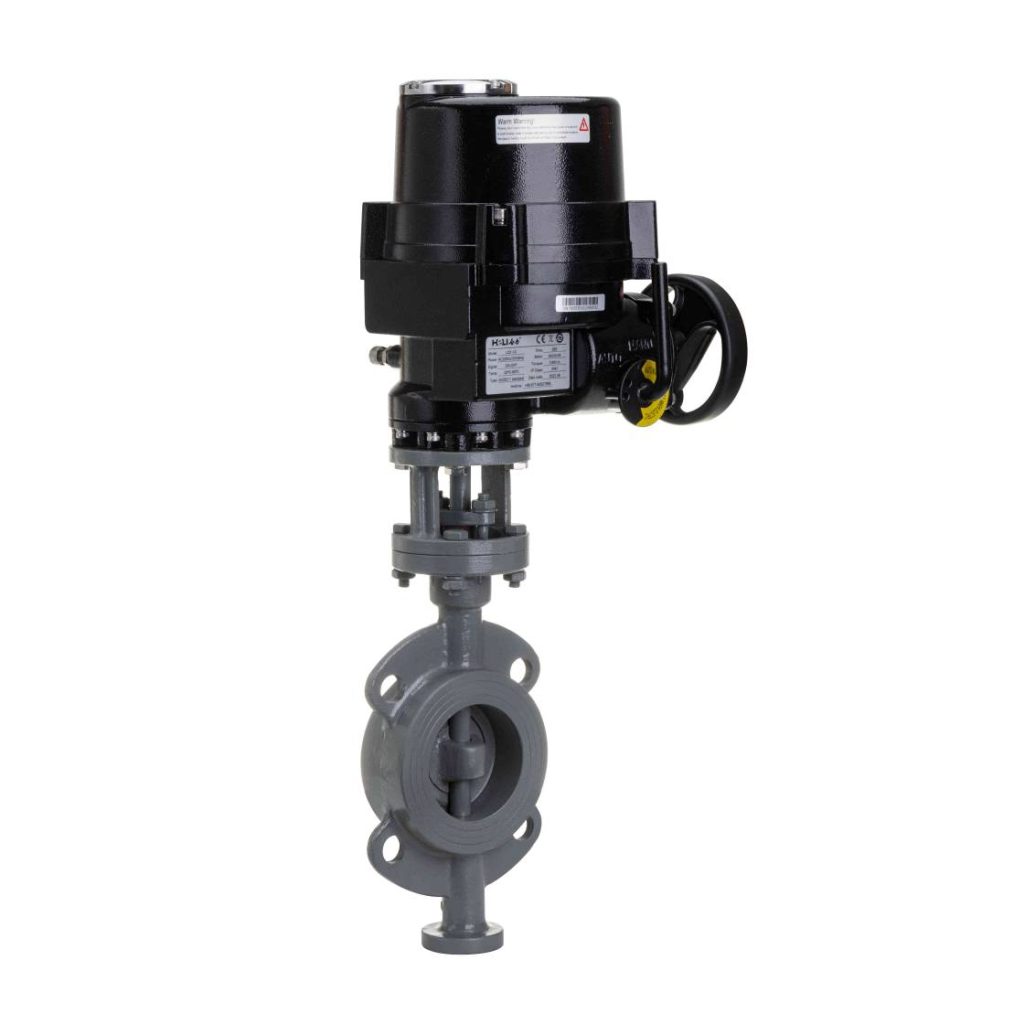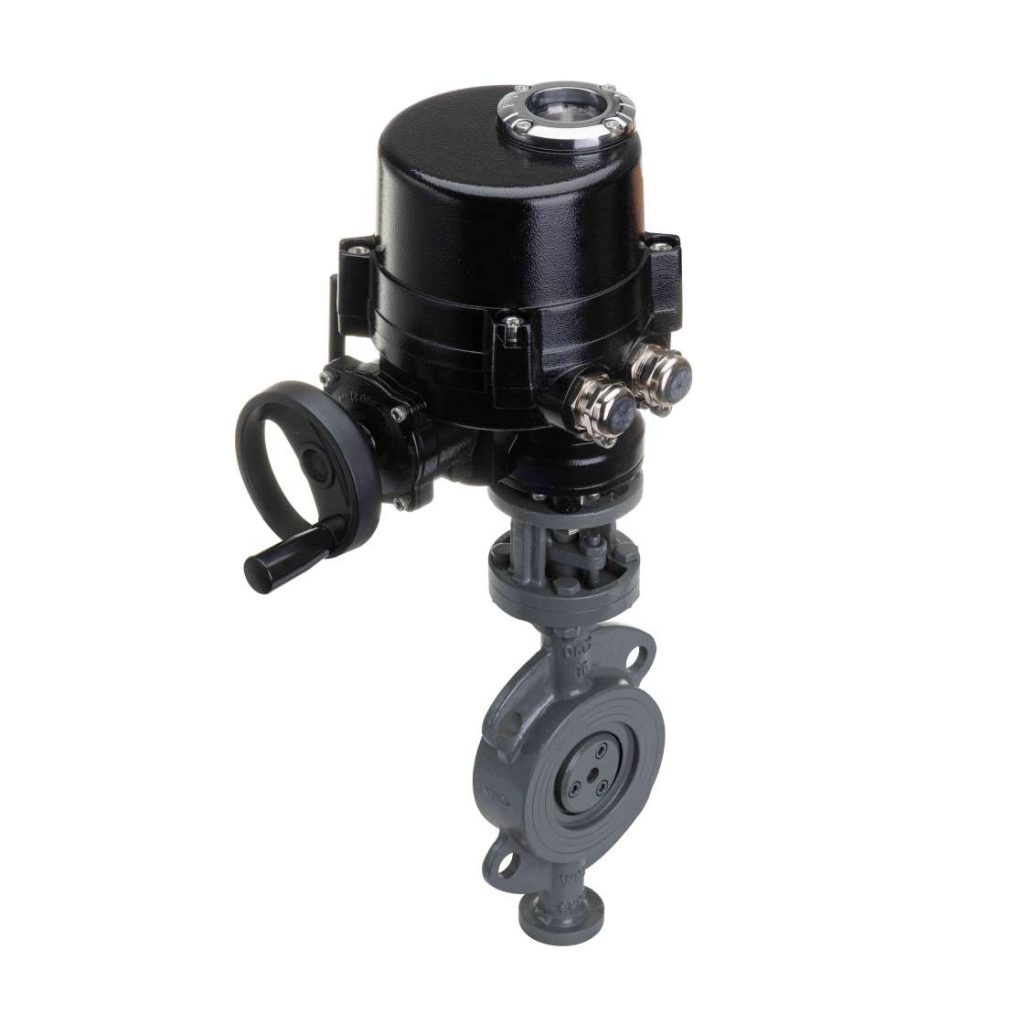Marine electric butterfly valves are essential components in the maritime industry, widely used in various applications, including controlling the flow of fluids such as water, oil, or gases in ships and offshore platforms. These valves are designed for high efficiency, durability, and precise control of fluid systems, ensuring optimal performance in marine environments. This article delves into the working principles, key components, benefits, and applications of marine electric butterfly valves, illustrating their importance in modern maritime systems.

Working Principles of Marine Electric Butterfly Valves

A butterfly valve operates on a simple yet effective mechanism. It consists of a circular disc (the “butterfly”) mounted on a shaft. When the valve is activated, the disc rotates within the valve body to either block or allow the flow of fluid. The “electric” aspect of marine electric butterfly valves refers to their electric actuator, which is powered by electric motors to control the position of the valve remotely. The actuator receives signals from a control system, which is typically automated or manually controlled by operators. The motorized actuator rotates the shaft, opening or closing the butterfly valve as needed. This ensures precise regulation of the fluid flow, even under challenging marine conditions. The electric actuator allows for quick and reliable valve operation, which is crucial for ensuring the safety and efficiency of ship systems.

Leave a Reply